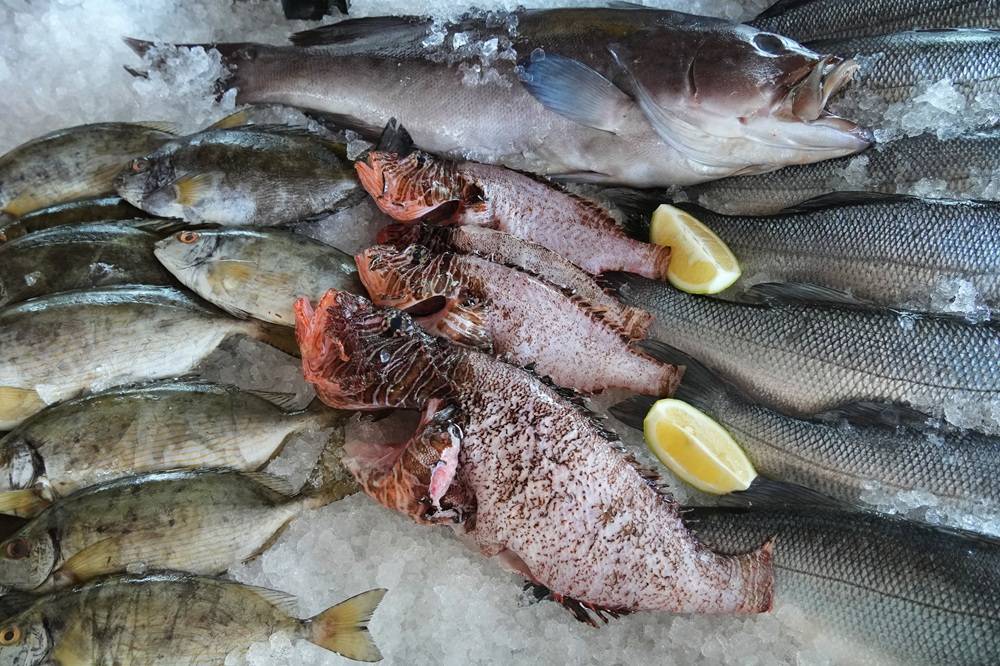As part of Egypt’s efforts to promote medical tourism, the government has made serious steps in this field. The Ministry of Health and Population recently announced it was planning to launch an electronic platform to provide medical tourism services within three months.
Ministry of Health and Population Spokesperson Hossam Abdel Ghaffar stated on Monday that Egypt intends to become among the world’s top five countries in medical tourism and targets 10 percent of the global medical tourism revenues.
The announcement came few days after Egyptian Minister of Health and Population Dr. Khaled Abdel Ghaffar directed the Supreme Committee for Medical Tourism to swiftly complete the electronic platform and to work with all sectors to level up the medical tourism services.
The minister also indicated that Egypt is qualified for this type of tourism, with its developed health facilities and distinguished doctors, as well as its ambitious plan and vision to be on the international map of medical tourism.
Egypt aims for $14 billion in revenues from the medical tourism sector by the end of 2023, compared to $12.2 billion in 2022, and $8.9 billion in 2021.
Tourism expert Mohammad Farouk told Asharq Al-Awsat that the platform is “highly important”, noting that Egypt has a remarkable experience and good reputation around the world, and that promoting this reputation through the platform would bring significant revenues to Egypt.
Farouk added that some economies, such as India, rely on medical tourism but Egypt suffers from negligence and lacks the mechanisms that enable it to compete in this sector despite the expertise and its highly-equipped hospitals.
He said that many experts and entrepreneurs have called for years to improve medical tourism, noting that the government should have a clear vision to exploit the available resources in this type of tourism. He also highlighted a previous study reporting that medical tourism in Egypt could generate $20 to $25 billion yearly.
Tourism expert Bashar Abu Taleb, head of the Red Sea Tour Guides Syndicate, applauded the idea of the platform and the role it will play in promoting the Egyptian medical products and services around the world. He also described it as a step that keeps up with the digital evolution and the efforts many countries are making in this field.
Abu Taleb said Egypt has remarkable potentials in this industry, such as beaches, sands and weather, but it needs more publicity and better logistics.
The tourism expert highlighted that many hotels and resorts in the Red Sea have integrated hospitals and medical centers in their facilities in the past few years, noting that these experiences proved successful in Hurghada, for example, to which German older tourists flock to seek medical care.
Abu Taleb said the Siwa Oasis in the western desert is known for its therapeutic sands and salt lakes, in addition to sulfur baths in Oyun Musa. Egypt is also known for alternative medicine like herbal medicine, which guarantees unusual therapeutic programs that can be widely promoted on the platform.










